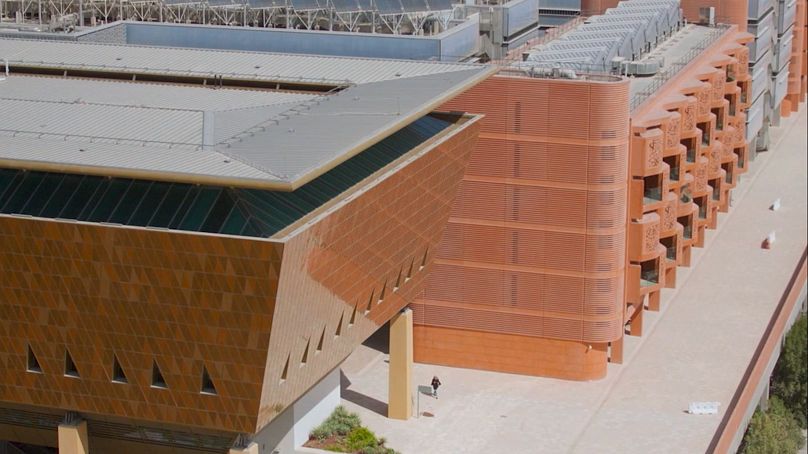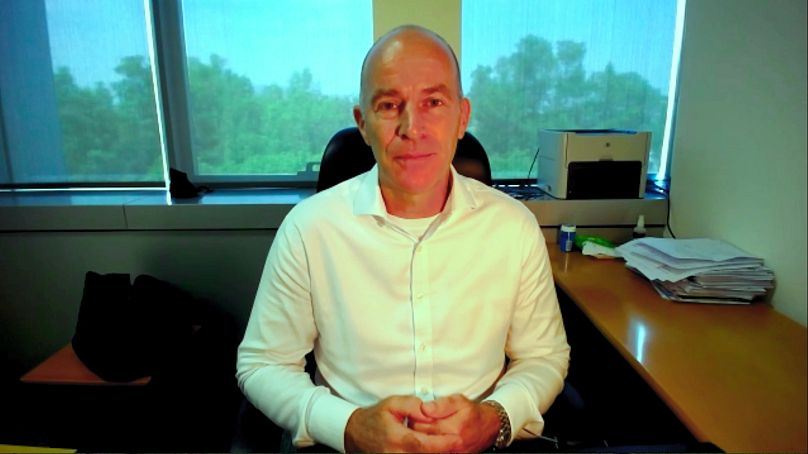As a plentiful source of energy, the sun’s rays have the potential to energize our daily lives with less damage to our planet than fossil fuels.
As a plentiful source of energy, the sun’s rays have the potential to energize our daily lives with less damage to our planet than fossil fuels.
Discovered by French scientist Edmond Becquerel in the 1830s, solar energy is now the fastest growing electricity source today.
It works by beams of sunlight reaching the earth in around eight minutes, before they collide with electron charged solar panels to create a surge of energy called the photovoltaic, or PV effect.
The rise of solar power
The UAE has some of the highest solar exposure rates in the world.
The country currently receives the majority of its energy from fossil fuels, yet it plans to increase the use of renewable energy by up to 50% by 2050.
It started its solar endeavours in 2013, and since then launched Abu Dhabi’s Noor Solar plant last year.
Moreover, set to become one of the world’s largest solar plants, is a project by Abu Dhabi Power in the UAE’s Al Dhafra region.
The company claims it will generate the world’s cheapest solar power for around 160,000 households by 2022.
Reflecting on solar
Building a model for the future, the Mubadala Investment Company opened Masdar City in 2008.
The urban innovation is a six square kilometre sustainable city in the country’s capital, which generates a third of its power on-site via solar panels.
This has helped reduce carbon emissions and slash overall consumption by 60%, leading to cost savings for residents.
Yet this isn’t an energy utopia just yet, says Masdar Clean Energy’s executive director, Yousif Al Ali, who identifies solar’s limits.
“It’s a good economical choice, however, it’s a partial supplier of electricity,” he says. “It’s an intermittent source that can supply electricity only in the daytime. When you start implementing storage systems, batteries are still more expensive. And we still have to work to bring down the system price to an affordable level.”
A brighter future
Masdar is seeking to advance the competitiveness of renewables, and its in-house expertise, through global partnerships.
In Morocco, it is exploring hybrid systems and utilizing CSP technology, or concentrated solar power, to harness solar power by using mirrored technology.
“A photovoltaic plant, plus with CSP, and a molten salt storage can provide the required electricity - day and night - at the lowest cost possible,” says Al Ali.
A public awareness of climate change, and a necessity for lower energy bills worldwide, he adds, are the main drivers for research into renewable solutions, regionally and beyond.
A regional dawn
The International Renewable Energy Agency estimates that by 2050, global demand for energy will nearly double.
On the upside, renewable energy forms like solar, use around 200 times less water than coal plants to create the same amount of electricity.
Solar energy also has the ability to create water with reverse osmosis and desalinate water with 75% less energy than thermal methods.
The Pan Arab Clean Energy Initiative is targeting more regional clean energy dependence by 2030.
It has inspired projects such as NEOM, a future carbon-free mega city in Saudi Arabia, almost the size of Belgium, powered only by renewable sources.
Whilst the old guard oil & gas industry won’t fade entirely from view in the years ahead, with the rise of cleaner energy, the sector’s landscape is already taking on a new shape.
“In the next couple of decades, solar and other renewables in the GCC will be the bulk of power generation,” predicts Frank Wouters, the director of the EU-GCC Clean Energy Technology Network in Abu Dhabi.
SEEN ON SOCIAL MEDIA: SUSTAINABILITY
Amanda from the US explored what she called Masdar’s “breathtaking” sustainable city, upon visiting the UAE.













